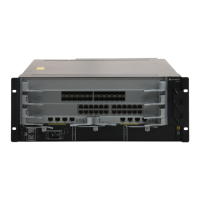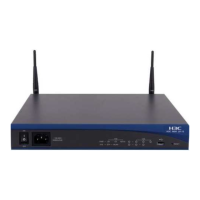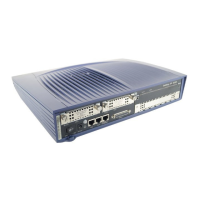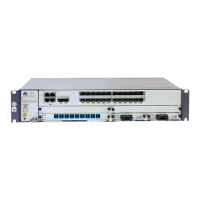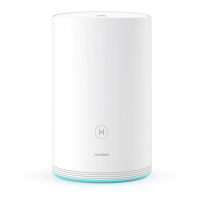Command Manual - Routing Protocol
Quidway S6500 Series Ethernet Switches Chapter 3 OSPF Configuration Commands
Huawei Technologies Proprietary
3-35
For all the routers connected to the NSSA area, the command nssa must be used to
configure the area as the NSSA attribute.
The default-route-advertise parameter is used to generate default type-7 LSA. No
matter whether there is route 0.0.0.0 in routing table on ABR, type-7 LSA default route
will be generated always. Only when there is route 0.0.0.0 in routing table on ASBR, will
type-7 LSA default route be generated.
On ASBR, the no-import-route parameter enables the external route imported by
OSPF through import-route command not to be advertised to NSSA area.
Example
# Configure area 1 as NSSA area.
[Quidway-ospf-1] area 1
[Quidway-ospf-1-area-0.0.0.1] network 36.0.0.0 0.255.255.255
[Quidway-ospf-1-area-0.0.0.1] nssa
3.1.32 ospf
Syntax
ospf [ process-id [ router-id router-id ] ]
undo ospf [ process-id ]
View
System view
Parameter
process-id: Process ID of OSPF, ranging from 1 to 65535. By default, the process ID is
1. process-id is locally significant.
router-id: Router ID that is a 32-bit unsigned integer.
Description
Using ospf command, you can enable the OSPF protocol. Using undo ospf command,
you can disable the OSPF protocol.
After starting OSPF protocol, the user can make the corresponding configuration under
the OSPF protocol view.
By default, the system does not run the OSPF protocol.
For the related commands, see network.
Example
# Enable the running of the OSPF protocol.
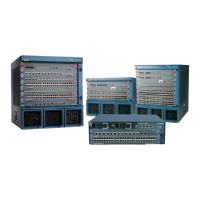
